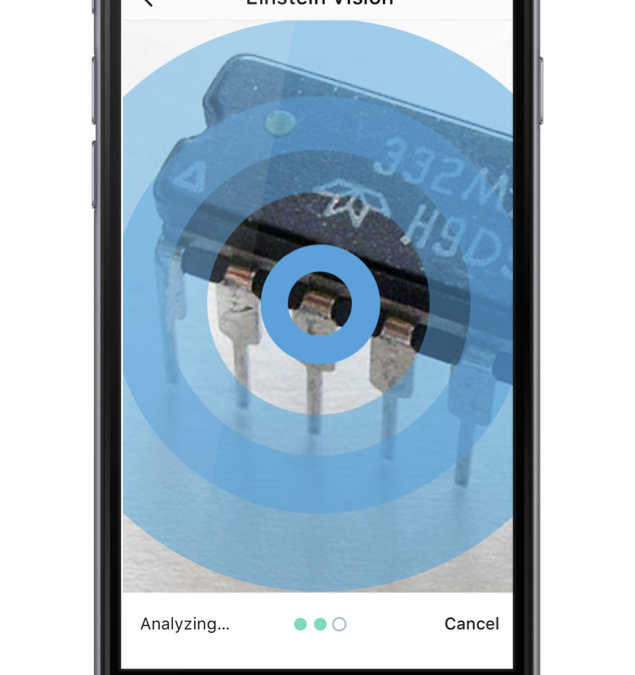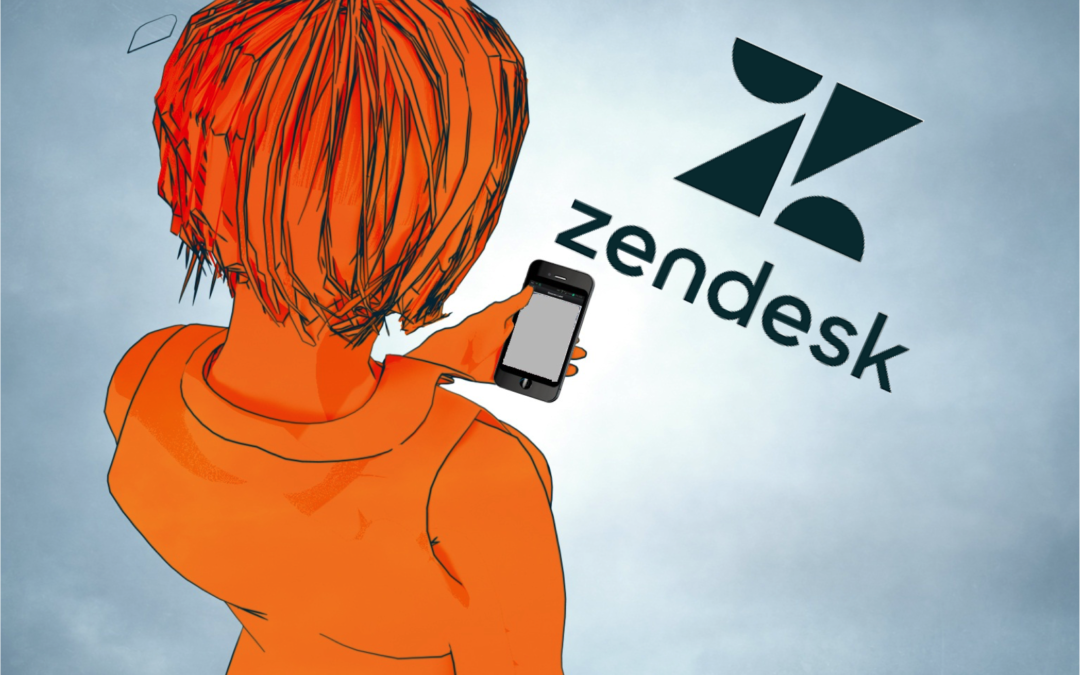
by twieberneit | Oct 13, 2020 | Blog |
Salesreps really love to feed data into their CRM system after a long day, or even during the week-end. They are truly looking forward to their weekly sales call with numbers that every single one of their colleague massaged themselves. They are obsessed with typing all sorts of entries into a quotation and know their product catalogue by heart, so that they can provide their customer with the best of all possible quotes to solve their business issue. Salespeople really appreciate all the high quality leads that are funnelled to them by the system. And, of course, they are truly altruistic and thrive on helping their customers for good. Sounds like you? No? Well, then you are probably like most of us. In brief: Salespeople hate their CRM! This didn’t change almost 40 years after the first electronic CRM tools have been introduced. Users of CRM systems still often do not have the feeling that the systems are serving them, but that it is rather the opposite. That is especially true for salespeople. But I repeat myself. Salespeople face a two-pronged challenge. On one side, in an environment that is more and more data driven, they face an increasing reporting demand, which in turns requires an increasing amount of quality data being fed into the system. They feel that all these administrative tasks keep them away what they are doing best and what they want to do most: Be with their customers, understand them, and offer – sell – them the right solutions for their challenges. Thereby making them happy. On the other hand, salespeople feel that they become...

by twieberneit | Aug 24, 2017 | Blog |
A short while ago Craig Rentzke from Helpshift pointed me to a particular episode of CXOTalk, featuring Kevin Henrikson of Microsoft and professor Anindya Ghose from NYU. Henrikson is responsible for Microsoft’s Outlook for Mobile, a personal information manager (PIM) app, whereas prof. Ghose comes more from a B2C angle, with B2C being more concerned with convenience. This interesting episode deals with the future of mobile computing and given that, apparently about how mobile apps will (have to) look like and what it is that vendors should do and what they should not do with the apps. The Now Naturally, the discussion immediately zeroed in on two topics the purpose of the app and data The purpose of the app mainly determines two things, which are first the way that users are presented with information and are engaging with the app and second the data that gets collected and used in order to (positively) influence the user experience while considering their privacy. The data that gets collected needs to be used to provide the users with timely and relevant information, which does not only benefit the vendor but also, and chiefly, the user. That the data collection ‘behaviors’ of especially B2C apps are not hitting that objective is probably the industry’s worst kept secret. The apps collect more than necessary and use it for a very wide range of purposes, mostly wider than the users are aware of. They basically strip the user of their personal data. This realization was also what led a friend of mine and me found Epikonic, with the clear intention of giving users a...

by twieberneit | Jul 13, 2017 | Analysis, Blog |
On July 12, 2017 Salesforce announced its new, Einstein-enhanced version of Field Service. This release brings mainly three innovations to the already strong Service Cloud, which is the leading Customer Service solution according to Gartner Group. Here the complete wording of the press release, in case you did not want to follow the link but still are interested in it: Salesforce Delivers Einstein AI and Analytics For Field Service Lightning Built on the Service Cloud Platform, new innovations for Field Service Lightning arm the mobile workforce with image recognition technology, smart equipment management and deep analytics to bolster productivity and efficiency Companies including Atlantic Energy are harnessing the power of Field Service Lightning to deliver insight, onsite SAN FRANCISCO—July 12, 2017—Salesforce [NYSE: CRM], the global leader in CRM, today introduced Einstein AI and Analytics for Field Service Lightning, empowering companies to deliver a smarter onsite customer experience that is built on the world’s #1 customer service platform. Field Service Lightning now brings together the insights and intelligence mobile workers need to increase productivity, boost onsite efficiency and drive revenue. The Salesforce Service Cloud has redefined customer service across every major technological shift—cloud, mobile, social, messaging and more. And last year with the introduction of Field Service Lightning, Salesforce extended the power of Service Cloud to create a full service platform for managers, dispatchers and mobile workers. However, as the multi-billion dollar field service market expands into new industries—including finance, healthcare, manufacturing and retail—there is even more demand to deliver onsite service. Field service technicians have to deal with complicated equipment, don’t always have the right parts and often lack...

by twieberneit | Jul 11, 2017 | Blog |
Soon there will be an additional in-app customer service channel. So far we have a bunch of service channels, most of them requiring the user to leave the app to Pick up the phone for a call Browse for self support Open up an additional chat window Take on the social media channels Move on to messenger applications How about getting into your car to get to a store? … And then a customer may be moving back and forth between these channels with all the potential of losing track of the incident status and the friction that cross channel customer service still causes. There is no doubt that providing in-app support is the best possibility to offer fast issue resolution. It can provide telemetry information from within the app, identify the user and therefore provides a lot of relevant context that makes it easier for a service agent to help the customer without unnecessary delays. The customers’ shift to emphasize on the “Now” is also seen by Google research. Not Every Device is a Smartphone But what if the customer cannot pick up the phone to engage in a typed conversation? The customer might be engaged in a VR game, or driving a car, or in any number of situations without having a free hand. Maybe the customer simply doesn’t want to pick up a phone? What if the app doesn’t offer a user interface at all beyond a little light that indicates ‘I am available’? This would e.g. be the situation in an ambient environment that senses the presence of a person and acts accordingly. An environment...

by twieberneit | Jul 4, 2017 | Analysis, Blog |
Mid of April I published an article about the mobile in-app support landscape that, amongst other players, touched on Zendesk. In this article I stated: “Zendesk is not a mobile native. Their chat widget integrates into web pages and the company does not offer in-app chat. Instead the company offers solutions that hook into existing messaging apps like Facebook Messenger or Whatsapp.” This statement was based upon research that I did in the first half of the month with Zendesk publishing their Fabric based in-app support kit on April 19 of the same month. So, maybe I should have posted this article a little later, but good on Zendesk for getting on with mobile in app support. They had, as well as many other bigger vendors in the customer service and call center arena still have, a wide open flank here that gets covered by specialist vendors like Helpshift, Intercom, or LivePerson, or suite vendors like Freshworks. Zendesk, a Mobile Native or Not? I say that, although I maybe did them wrong by stating that they don’t do in-app FAQs – although I do not believe so, as the help center content seems to be delivered from the server and needs an online connection. Still I maintain that they are not a native player. I will explain my reasoning a little later, after summarizing what I got out of talks with Douglas Hanna and, more recently, Greg Dreyfus from Zendesk. As per now Zendesk offers two different SDKs for mobile. The support SDK and the Chat SDK (both links go to the iOS version, there are Android versions, too)....






